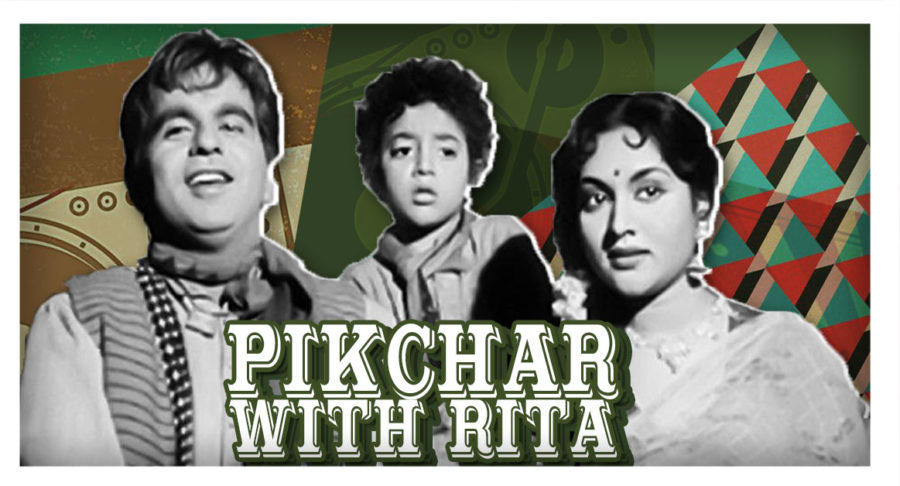In yesteryear’s black-and-white films, it is not uncommon to see hordes of migrants leaving villages in search of a better life in cities. What I strongly felt while watching the 1957 film Naya Daur is how brutalised the lives of the poor have been, and how songs and mythologies help differentiate existing from survival.
The film’s famous song Saathi Haath Badhaana, when sung collectively, creates a humming environment in which inequities of labour and capital get contained in a chorus.
Even today, the songs of Naya Daur are the most sought-after ones on All India Radio. And at least three references to them in recent times made me reach out the film.
As students of literature, we were taught how an epic differs from a lyric or novel. The difference of genre, we learnt, was not of size or mode, but of the nature of ambition driving each. How to tell a story that did not separate the individual from the collective, the forest from the temple, the road from the pond, the economic from the social, and remained both political and metaphysical all the way through?
The encounter with an epic is always troubling. That’s the feeling that Naya Daur has left me with. I braced myself to tolerate some precious idyllic village life but was left wondering how I had spent half a century in India without watching the film. The answer may lie in an uncertain familiarity with certain films that feel like they have already been watched and known, for there is so much lore around them. It’s like living those episodes of childhood which you never know for sure actually happened, or heard them being described once too many.
While watching Naya Daur today, it’s difficult not to appreciate the burden cinema took in a newly-independent India, of articulating the ‘national’. Yet, in an astuteness that is characteristic of popular cinema, it both consolidated and pushed back the ‘national’.
Recommended
Naya Daur begins with Gandhi’s words on the use of machines and how they cannot be allowed to replace the human hand. It ends with the protagonist Shankar (played by Dilip Kumar) asserting that he was not against machines, but find us a world where we and the machines can co-exist. This vision, a compromise between Nehru and Gandhi, a modernity that needs its edges to be softened and a tradition that needs to be respected for simply exitsing, is cinema’s negotiation. This vision has memories of colonialism and Partition built into it.
Shankar tells his ‘enemies’ in the neighbouring village that two brothers living in the same house may fight, but they will unite when pitched against an outsider. Cinematic memory of Partition is often made through these filial metaphors. Elsewhere, he says, it’s not hard work that matters to us; we did it for someone else, we will now do it for ourselves. The ‘someone’ else may well be the white coloniser. India in the 1950s was already fighting against itself. The internal enemy also appears as a hybrid compound of a new urban westernised capitalist aided by a wily Brahmin.
Through all layers of the political and economic is the most beautiful romance between Shankar and Rajni (played by Vyjayanthimala). Their duet Maang Ke Saath Tumhara is one of the most melodious odes with OP Nayyar’s classic horse-tapping rhythm.
The delightful song comes amid backbreaking labour. Reshmi shalwar kurta jaali ka in the song’s lyrics is almost a symptomatic reference to cinema itself, which appeared like a song in the middle of a laborious day for the working class. This is not cinema of today, but it is also cinema of all times in another sense.
If melodies, memories, and inequalities are universal, Naya Daur belongs to every era, not just old or new.



